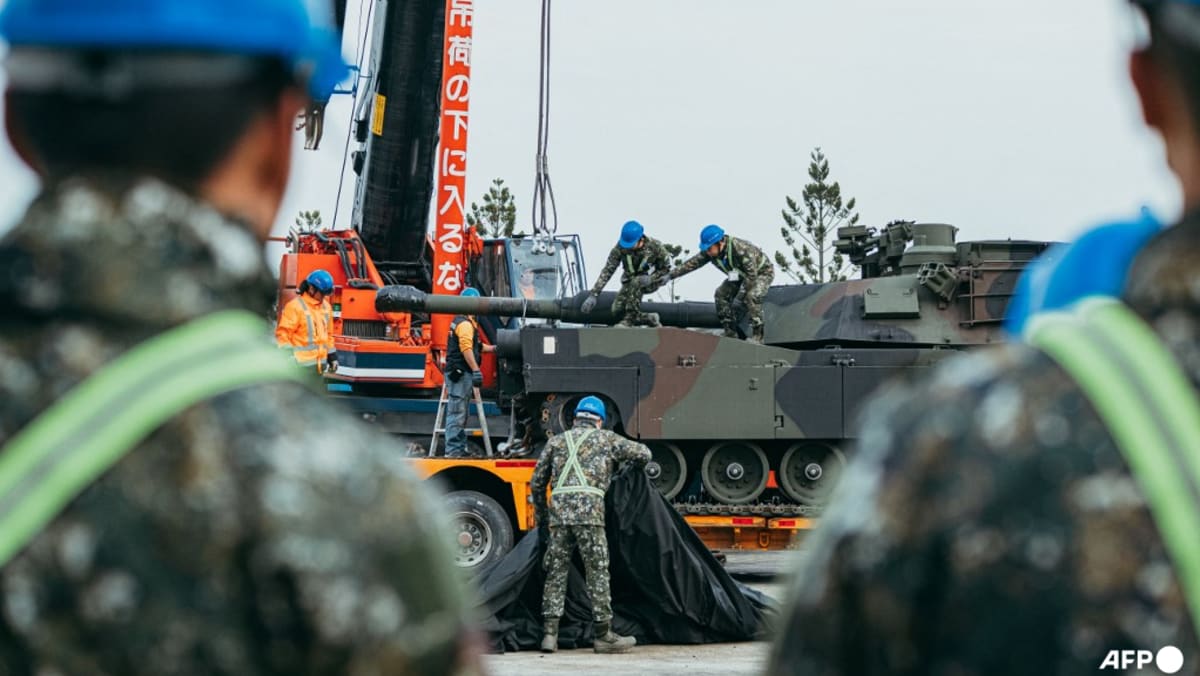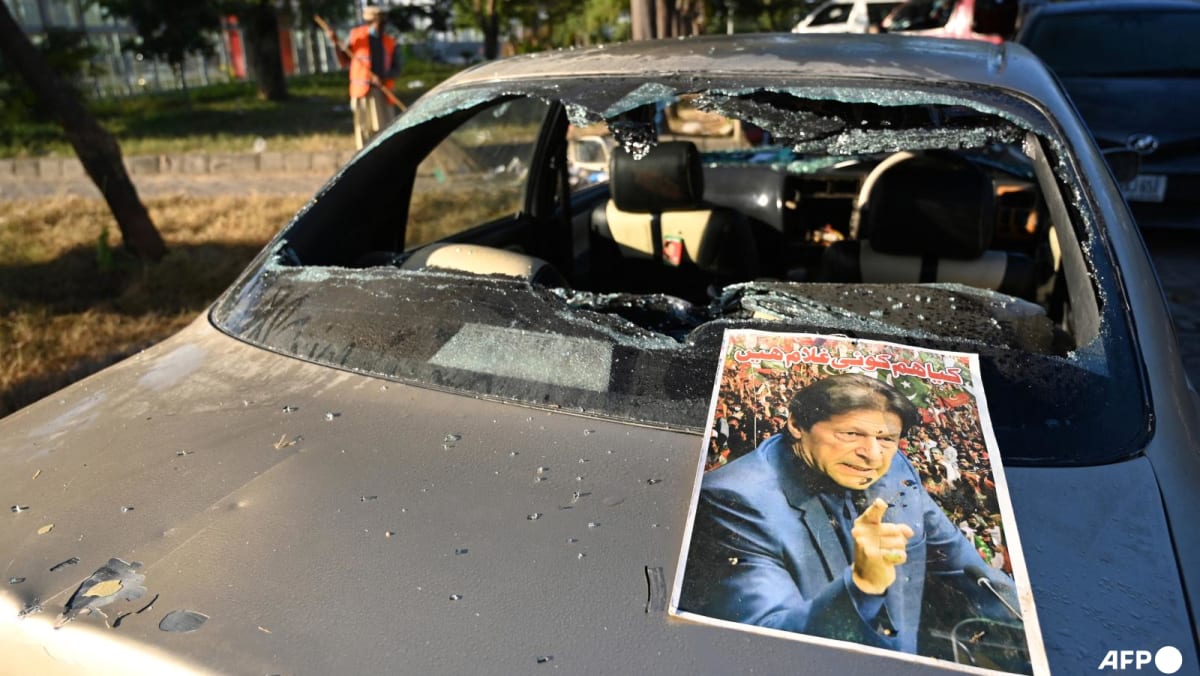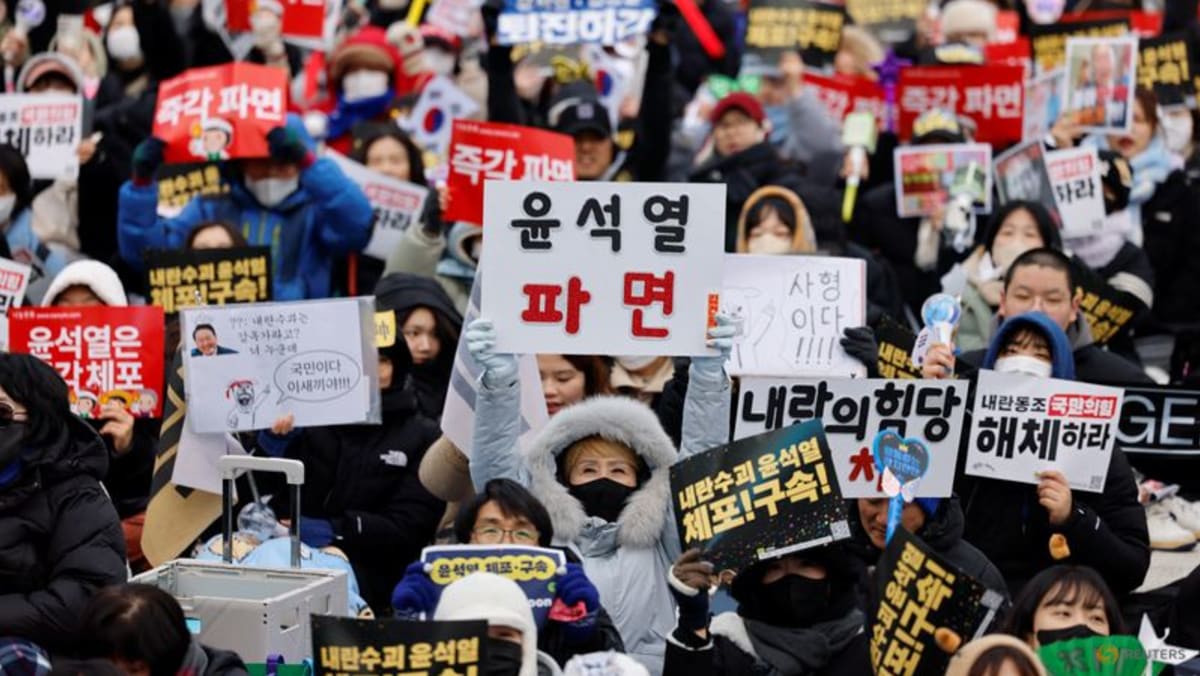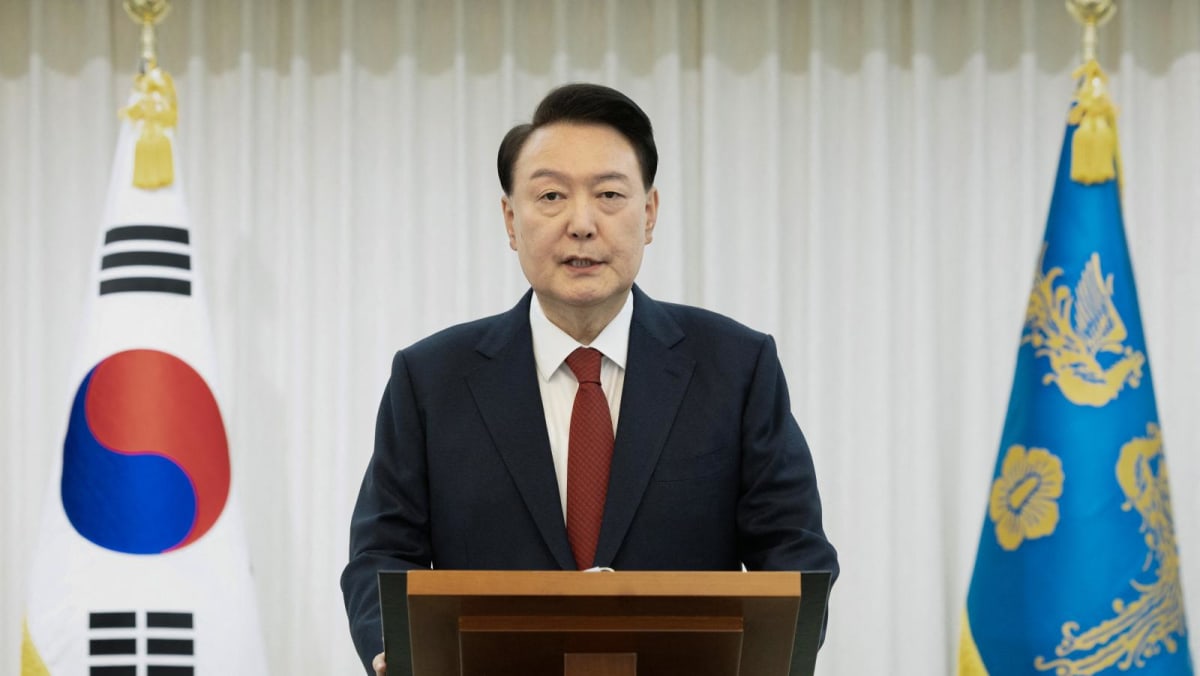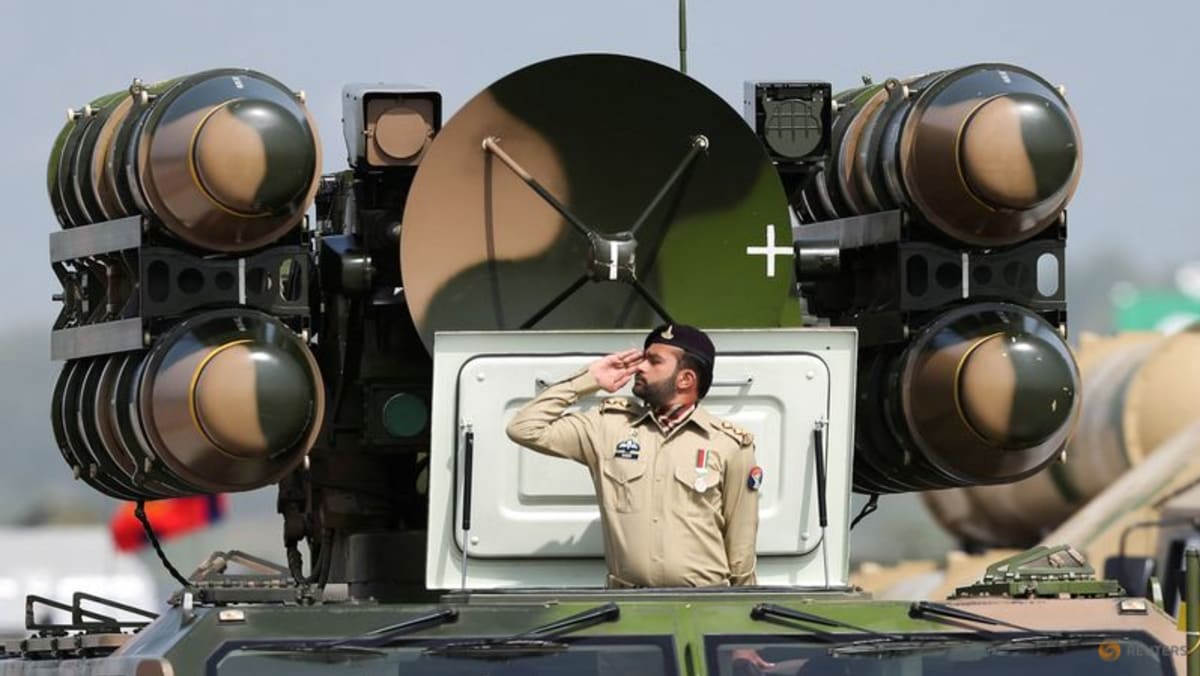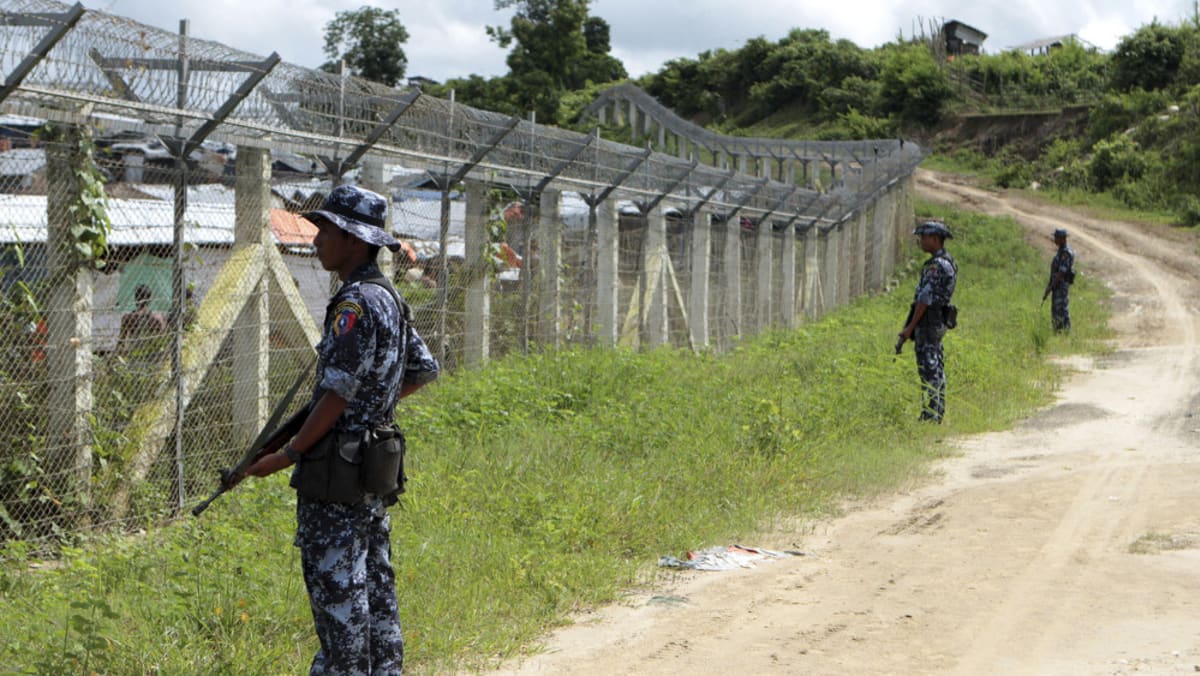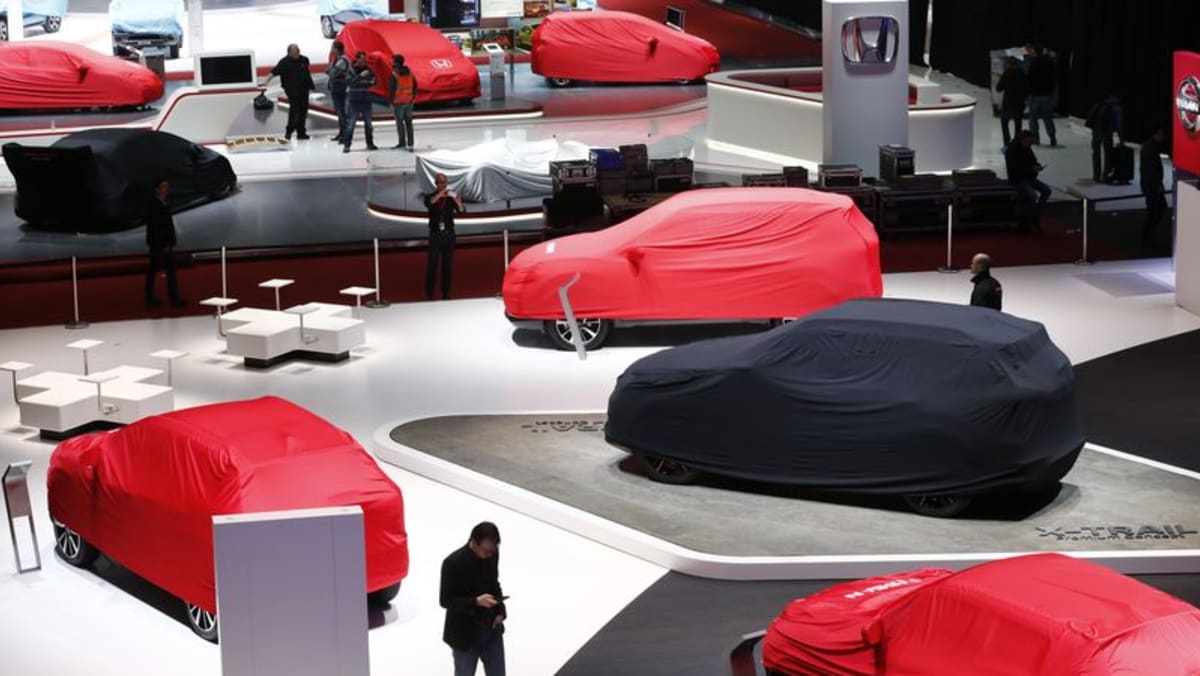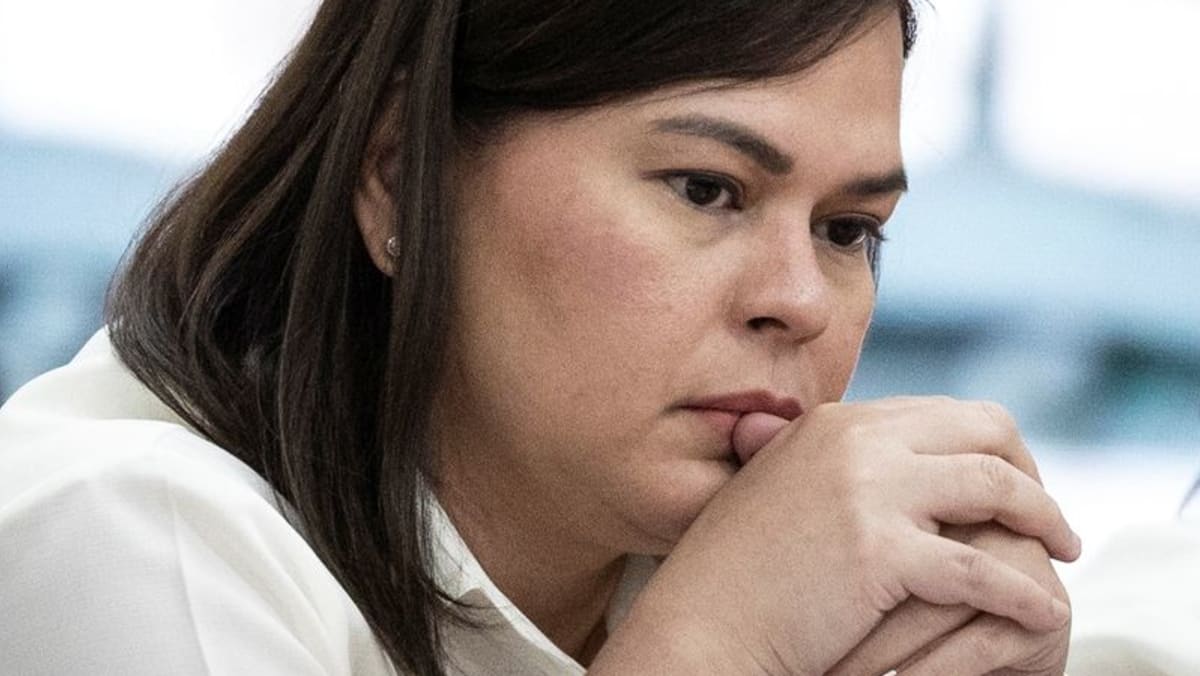Commentary: Malaysia’s purchase of Kuwaiti Hornet fighter jets – is it worth it?
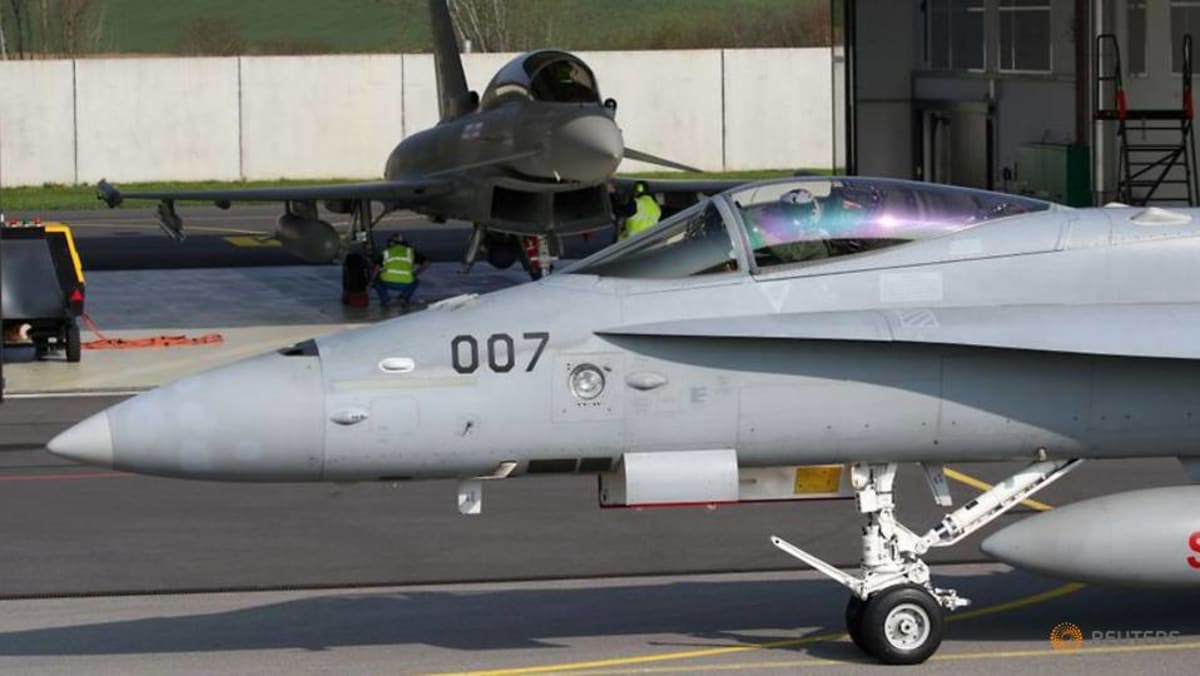
The two governments agreed to establish a committee to begin negotiations on the procurement of the Hornets. However, the transfer of the US-made fighters to Malaysia will require Washington’s approval. Noticeably, Malaysia has not been the only one eyeing the Kuwaiti Hornets. Reportedly, Tunisia and the US Marine Corps have also voiced interest in acquiring the jets.
Kuwait operates 39 F/A-18C/D Hornets, which were delivered between January 1992 and August 1993. The Gulf state’s air force is in the process of upgrading its combat airpower by procuring Super Hornet and Typhoon fighters. However, the delivery of these aircraft has been delayed due to COVID-19 and supply chain hurdles. This has forced Kuwait to keep its legacy Hornets longer than originally planned.
STOP-GAP MEASURE FOR MALAYSIA
Malaysia has eight two-seat F/A-18D Hornets, which were acquired in 1997 and are operated by the RMAF’s 18th Squadron at Butterworth. The Malaysian Hornets have received incremental upgrades to their avionics, communication and weapons systems over the years, including the Joint Helmet Mounted Cueing System (JHMCS), Link 16 datalink, AIM-9X and AIM-120C air-to-air missiles, precision-guided air-to-ground munitions, and Sniper targeting pods.
This has substantially improved the platform’s air-to-air and air-to-ground capabilities. Malaysia is planning to operate the upgraded Hornets until 2035.
Malaysia is looking to buy the Kuwaiti fighters as a “stop-gap measure” as the RMAF waits for the conclusion of its long overdue MRCA programme.
The air force is reportedly looking to establish a second Hornet squadron with some 12 single-seat fighters, increase the 18th Squadron’s existing fleet from eight to 12 airframes, and have several airframes for spares. The final number of Hornets sought will be determined in deliberations between the Malaysian and Kuwaiti governments.
Source: CNA



